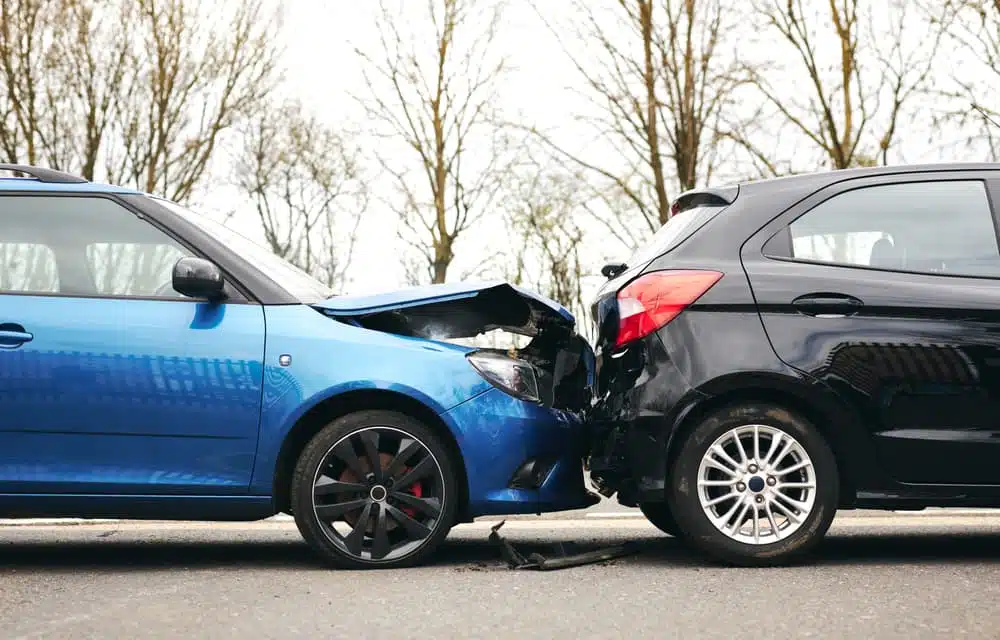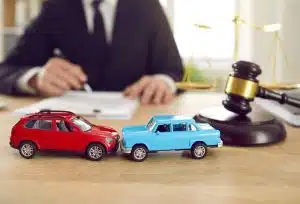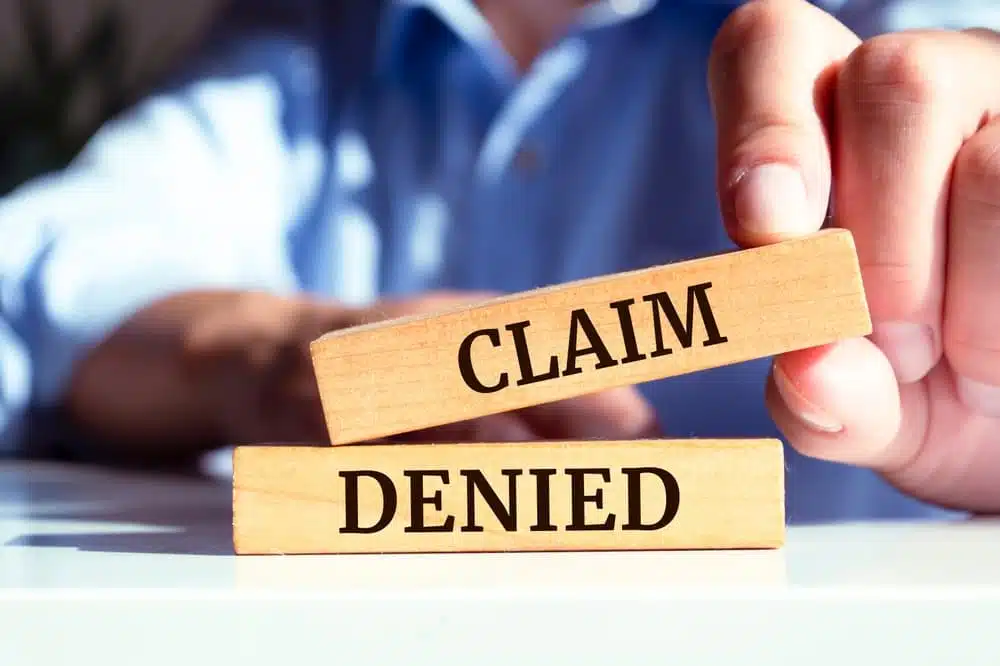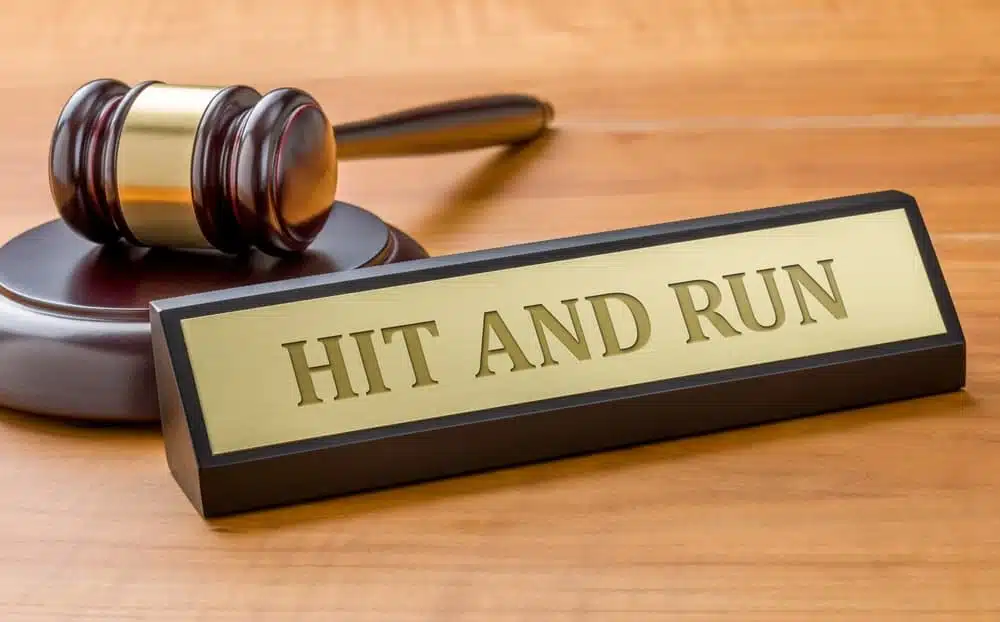
Rear-end collisions are some of the most common car accidents. While they may seem relatively minor, the impact of a rear-end collision can cause significant damage and injuries, especially at higher speeds. You need to know what to do following a rear-end collision to protect yourself, your rights, and your ability to obtain compensation, if necessary.
One of the best things you can do following a rear-end accident that injured you is to contact an experienced car accident attorney in your area. They can review your case for free and advise you of your options to pursue compensation.
An injury lawyer can advocate for you throughout the process to increase your chances of getting the maximum compensation you deserve.
Causes of Rear-end Collisions
Rear-end accidents can result from:
- Distracted Driving: Distracted driving is a leading cause of rear-end collisions. Drivers who take their eyes off the road, even for a few seconds, can fail to notice that the vehicle in front of them has slowed down or stopped, resulting in a collision. Common distractions include texting, talking on the phone, adjusting the radio or navigation system, eating or drinking, and engaging with passengers.
- Following Too Closely: Tailgating, or following the vehicle in front too closely, is another major cause of rear-end collisions. When drivers don’t maintain a safe following distance, they may not have enough time to react and brake if the vehicle in front stops suddenly. The recommended following distance is at least three seconds behind the vehicle in front.
- Speeding: Excessive speed reduces a driver’s reaction time and increases the stopping distance required to avoid a collision. Even if a driver pays attention, they may not stop in time if they’re traveling too fast.
- Poor Weather Conditions: Inclement weather, such as rain, snow, or ice, can significantly reduce traction and visibility, making it more difficult to stop in time. Drivers should adjust their speed and following distance accordingly in poor weather conditions.
- Impaired Driving: Driving under the influence of alcohol or drugs can impair a driver’s judgment, reaction time, and ability to control their vehicle, increasing the risk of rear-end collisions and other accidents.
Other factors can cause a rear-end accident as well. You must speak with an attorney to determine whether you have a valid claim for compensation following a rear-end collision.
Is the Rear Driver Always at Fault for a Rear-End Accident?
In many cases of rear-end collisions, the rear driver is presumed to be at fault. This is because the basic rule of the road is that drivers must maintain a safe following distance and be prepared to stop if the vehicle in front of them stops suddenly.
However, this presumption is not absolute, and there can be situations where the rear driver may not be entirely at fault or may share fault with the front driver or other parties.
Here are some scenarios where the rear driver may not be considered fully at fault:
- Sudden and Unforeseen Stops: If the front driver suddenly stops due to an emergency situation, such as avoiding hitting a pedestrian or animal, the rear driver may not have had enough time to react, and the front driver may share or bear all of the fault.
- Mechanical Failure: If the rear driver’s vehicle experiences a sudden mechanical failure, such as brake failure, that prevents them from stopping in time to avoid a collision, fault may lie with the vehicle’s mechanical issues rather than the driver’s negligence.
- Multiple Vehicles Involved: In a chain reaction rear-end collision, multiple drivers may share fault based on following distance, reaction time, and actions taken to avoid the collision.
- Road Conditions: Poor weather, such as heavy rain or ice, or hazardous road conditions, such as debris or oil spills, may reduce the ability of the rear driver to stop in time, and fault may lie with external factors rather than driver negligence.
What About Brake-Checking?
Brake checking is a driving behavior where a vehicle’s driver abruptly slows down or stops their vehicle, often with the intention of causing the driver behind them to react quickly, such as by slamming on their brakes to avoid a collision.
Brake checking is dangerous and aggressive driving behavior, and it can increase the risk of rear-end collisions, road rage incidents, and other accidents.
The motivations behind brake checking can vary. Some drivers may brake check as a response to tailgating or aggressive driving behavior from the driver behind them. Others may do it intentionally to provoke a reaction or to express frustration or anger. Additionally, some people may brake check to purposefully cause a rear-end collision for insurance fraud purposes.
In some jurisdictions, brake checking may be punishable by fines, license points, or even criminal charges.
If the front driver’s actions contributed to the accident, such as abruptly changing lanes without signaling or reversing suddenly, a portion of fault may be attributed to them.
Ultimately, evidence from the scene, witness statements, and applicable traffic laws will determine fault for a rear-end collision. Consult a qualified attorney experienced in personal injury and traffic accident cases to understand your rights and legal options after a rear-end collision.
Consequences of Rear-end Collisions
Rear-end collisions can have various consequences, ranging from minor property damage to severe injuries or fatalities, depending on the speed of the vehicles involved and other factors.
Here are some of the potential consequences of rear-end collisions:
- Vehicle Damage: Even at low speeds, a rear-end collision can cause significant damage to both vehicles involved. The rear-ended vehicle may sustain damage to the trunk, bumper, and frame, while the striking vehicle may have damage to the front end, hood, and engine components.
- Whiplash and Other Injuries: Whiplash, a type of neck injury caused by the sudden jerking motion of the head, is one of the most common injuries sustained in rear-end collisions. Other potential injuries include back pain, concussions, and traumatic brain injuries, especially if the collision occurs at higher speeds.
- Emotional Trauma: Being involved in a car accident can be a traumatic experience, leading to anxiety, stress, and even post-traumatic stress disorder (PTSD) in some cases. Victims may experience difficulty sleeping, nightmares, and a reluctance to get back behind the wheel.
- Financial Consequences: Rear-end collisions can result in significant financial costs, including vehicle repairs or replacement, medical bills, lost wages due to time off work, and increased insurance premiums.
- Legal Consequences: Depending on the circumstances of the collision and the laws in the jurisdiction where it occurred, there may be legal consequences for the parties involved. This can include citations or fines for traffic violations, civil lawsuits for damages, and in some cases, criminal charges if the rear driver’s actions are deemed to be particularly reckless or negligent.
Overall, rear-end collisions can have serious and far-reaching consequences for those involved, underscoring the importance of safe driving practices and taking precautions to avoid accidents on the road.
8 Steps to Take After a Rear-end Collision
The steps you take following a rear-end collision can improve your health and well-being and your right to pursue legal action.
Here are eight steps you need to take following a rear-end accident:
- Remain Calm and Call for Help: After a rear-end collision, it’s important to remain calm and call for emergency assistance if necessary. If anyone is injured, call an ambulance immediately. Even if you don’t feel injured immediately after the collision, seek medical attention as some injuries, such as whiplash, may not be apparent right away.
- Move to a Safe Location: If possible, move the vehicles to a safe location, such as a parking lot or side street, to avoid further accidents and obstructing traffic.
- Report the Crash: Notify local law enforcement or the state highway patrol of the accident. Report the crash to police no matter how serious. Officers will generate an accident report that can document evidence for your claim.
- Exchange Information: Exchange contact and insurance information with the other driver(s) involved. Obtain the names, phone numbers, driver’s license numbers, license plate numbers, and insurance details of all parties.
- Document the Scene: Take photos or videos of the accident scene, including the positions of the vehicles, any visible damage, and any relevant road conditions or traffic signals.
- Obtain Witness Information: If any witnesses saw the accident, get their contact information in case you need their statements later.
- Notify Your Insurance Company: Promptly notify your insurance company of the accident and provide them with the details and documentation you’ve gathered.
- Contact an Attorney: An attorney can review your case and determine your options for pursuing compensation. They can also fight for you to help you get the full and fair compensation you need.
By taking these steps, you can help protect yourself and ensure your safety. You can also safeguard your legal rights and pursue compensation with the help of a personal injury attorney.
Contact an Experienced Car Accident Lawyer Today
If another driver caused a rear-end collision that hurt you or a family member, you need an experienced car accident lawyer to navigate the claims process and improve your chances of getting the fair compensation you need.
The personal injury attorneys at The Rothenberg Law Firm Accident and Injury Lawyers have more than 50 years of experience helping injured clients maximize their financial recovery after a car accident. We’ve recovered billions of dollars in verdicts and settlements, and you can rely on us for compassionate but assertive legal representation to help you get the most from your rear-end car accident claim.
Contact us today to request a free consultation and learn how we can assist you and your family through this difficult time.





